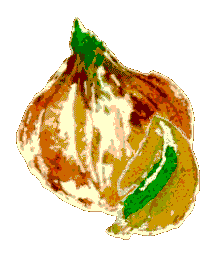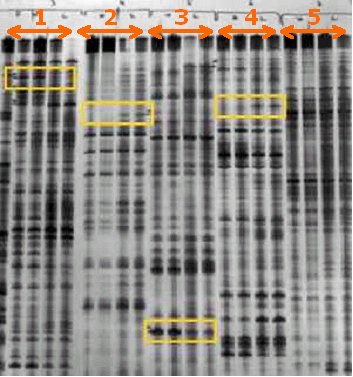 |
Biosynthesis of flavour
precursors in onion and garlic
|
|||
| HOME BIOSYNTHESIS |
The major flavour precursors are S-alk(en)yl cysteine sulphoxides (CSO) and related compounds. The balance of different members of the family gives rise to the characteristic odours of onion and garlic. In onion, the major CSO is isoalliin (trans-(+)-S-(1-propenyl)-L-cysteine sulphoxide). Garlic contains a different major CSO, alliin ((+)-S-allyl-L-cysteine-sulfoxide). In both plants, glutathione derivatives of the CSOs may be important in flavour biosynthesis, storage and degradation. We are starting to analyse the CSO biosynthetic pathway in garlic, using a combination of chemical, physiological and molecular biology approaches. We are seeking to identify chemical intermediates, proteins and genes involved in this pathway. |
